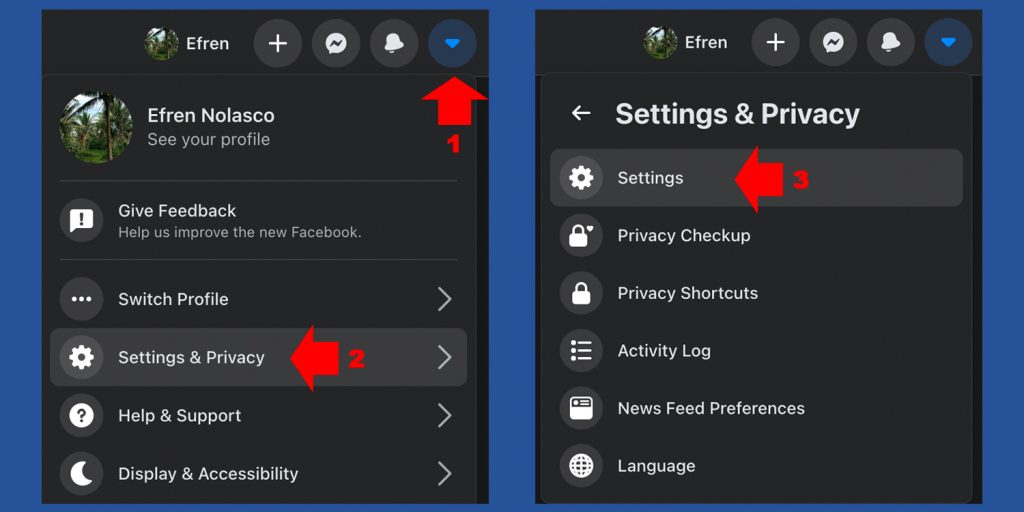


It’s a great example of a bridging app for sure, but far beyond the straightforward functionality that I’m looking for from Twitter channels. Rather than serving merely as an ad hoc verbal guidepost, channels act more like aggregation buckets in Jaiku, allowing you to pull in all manner of content via feeds and the like. Where Jaiku’s implementation overextends, however, is in its concept of a channel. This is how it works in IRC, and how it needed to work in Twitter. Jaiku comes closest with their channels implementation, making it extremely easy to create new channels (simply post a message that begins with a hash (#) and your intended channel name - and if the channel doesn’t exist, it’ll be created for you): Channels would need to be a command-line-friendly addition, and one that would require absolutely zero web-based management to make the most of it (to draw a distinction, Pownce fails this test with its Friend Sets, since it requires use of their website to take advantage of this feature). Now, in thinking about implementing channels, it was imperative that I not introduce any significant changes into the way that I currently use Twitter any more than I have for other features that have been added to Twitter (for example, or direct messages). It occurred to me that IRC presents a proven model for these needs with its foundation on channels, and so that’s what I’m generally going to call them. To that end, I focused my thinking on contextualization, content filtering and exploratory serendipity within the Twittosphere. I’m more interested in simply having a better eavesdropping experience on Twitter. Whether you’re dealing with public groups that you create, join and then promote or contact groups that you ultimately must manage like any kind of mailing list, they imply an order of magnitude of work that would ultimately work against the adoption of the whole grouping premise and thereby minimize any benefits to a select group of hyper-dedicated process-followers. In the cases presented above, there are very explicit approaches taken, since it’s somewhat taken for granted that groups imply a kind of management. The type that I’m most interested in, and am prepared to offer a concrete proposal on, is actually of a fourth kind, most closely related to Stowe’s “groupings”, but with a slightly different lean, primarily in the model of how the grouping is established. Those three types of groups essentially cover the use cases presented on the Twitter Fan Wiki, to varying degrees. And then we have context specific groups based on location South Park, anyone want to walk to Philz?). Ad hoc groups users control whether via grouping management (Pownce) or tagging. Okay, so we are talking about 3 kinds of groups: public groups you ‘join’ a la FB groups. “contact groups” (organising my contacts).“groupings” (“ad hoc assemblages of people with similar interests” - Stowe Boyd).“groups” or “shared-interest groups” (“Flickr-groups”).This is a rather messy proposal to that effect.įirst, to borrow from Stephanie Booth and Brian Oberkirch, we should get our vocabulary straight. But, I do think that there is certainly some merit to improving contextualization, content filtering and exploratory serendipity within Twitter. In fact, I’m not at all convinced that groups (at least as they are commonly understood on sites like Flickr) are ultimately a good idea or a good fit for Twitter. I’ll make a disclaimer right now that the title of this post is misleading and actually not about Groups for Twitter. This is the post that I alluded to in my last one about Whispering Tweets.


 0 kommentar(er)
0 kommentar(er)
